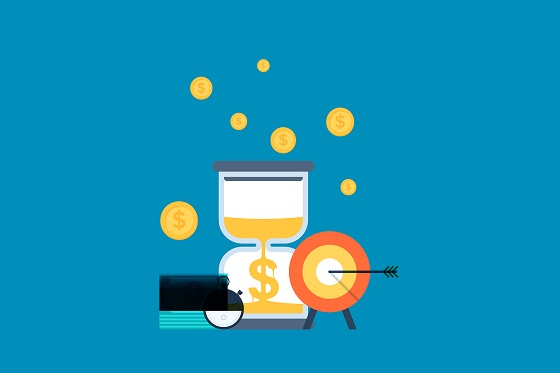Last week, for the third month in a row, the Reserve Bank of Australia hiked its target cash rate. The target rate is now 1.35%, up from the all-time low rate of 0.1% that it had been at since November 2020. So, what is the target cash rate? And why does it matter?
To understand the target cash rate, you need first to understand the cash rate. The RBA describes the cash rate as the “the interest rate on unsecured overnight loans between banks.” At the end of each day, banks lend each other money to ‘cover’ money that has been transferred between accounts held in different banks during that day. Because it represents a loan from one bank to another, and because banks in Australia are so well-regulated, the RBA also describes the overnight cash rate as “the (near) risk-free benchmark rate (RFR) for the Australian dollar.” That is to say, because the loan is for one night only, things do not have much time to go wrong. And because each party to the loan is a regulated bank, the prospect of a loan not being repaid is virtually nil. For the lender, that is as close to risk-free as it gets.
The key word in the RBA definition is “benchmark.” This is best understood with an example. Let’s say ‘Bank A’ has money to invest. It can receive 1.35% by lending that money to ‘Bank B’ for one night only. To repeat, because Bank B is backed by the Reserve Bank of Australia, Bank A is almost certain to get its money back on this kind of loan. Tomorrow. So, Bank A gets 1.35% with very little risk of losing its money.
But Bank A could also use its money to make other loans. These might include loans to businesses or individuals for home loans or personal loans. For each of these types of loan, there is a risk that the loan will not be repaid. And this risk is higher than the risk that exists when Bank A lends to Bank B for one night only. So, Bank A will only make these alternative loans if the interest for those loans is higher than the overnight cash rate. If the interest rates were the same, Bank A would only lend to Bank B: why take on more risk for the same return?
So, the interest rates that everyone else pays on longer-term loans from a bank need to be higher than the interest rate that banks pay each other for one night only. Thus, interest rates on things like home loans will always be higher than the cash rate. The cash rate is a benchmark that other interest rates will not fall below.
You can see the difference between home loan lending rates and the cash rate in this graph, sourced from Canstar. Notice that the yellow line is always above the blue line:

But you do not just notice that the home loan rate is always higher than the cash rate. You can also see that the rates, while never the same, tend to move in the same direction by roughly the same amount. If the cash rate rises, home loan rates rise. And vice versa.
Because of this, any change in the cash rate will ‘flow through’ to affect interest rates paid on all other types of loan, such as a home loan.
Target Cash Rate
The fact that changes in the overnight cash rate lead to changes in other interest rates means that, if the RBA can affect the cash rate, it can also will influence all interest rates paid in the economy. In particular, if there is a level of interest rate that the RBA thinks is the best one for the economy, it can target that particular rate.
Because of its large size, the RBA can enter into the overnight cash rate market and affect the ‘price (that is, the interest rate), paid in that market. For example, if the RBA wants the cash rate to fall, it can offer a lower rate to attract borrowers. Other banks would have to lower their rates too if they wanted borrowers for their funds. If the RBA wants the cash rate to rise, it can offer to pay more. This attracts lenders and forces other banks to pay more if they want an overnight loan. Unlike all the other banks, the RBA does not have to worry about whether it is getting a ‘good deal.’ It acts in the interests of the economy as a whole.
In reality, because of its market power, the RBA actually usually only needs to announce its target for the cash rate. Knowing that the RBA can easily make this rate become reality, all the other participants in the market basically start transacting at that rate. So, the target for the cash rate becomes the actual cash rate (or something very close to the target).
This is how, each month, the RBA influences the amount of interest borrowers pay to their lender. They change their target for the benchmark rate, and all other rates adjust accordingly.






